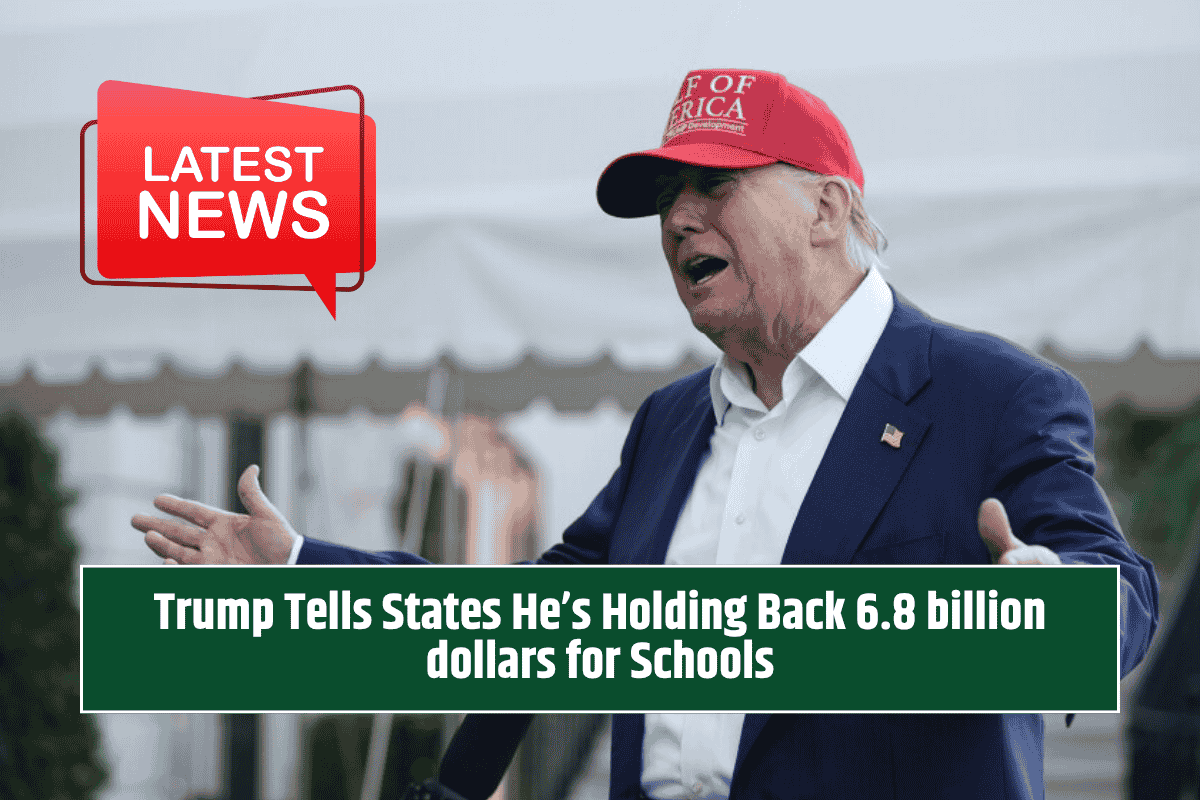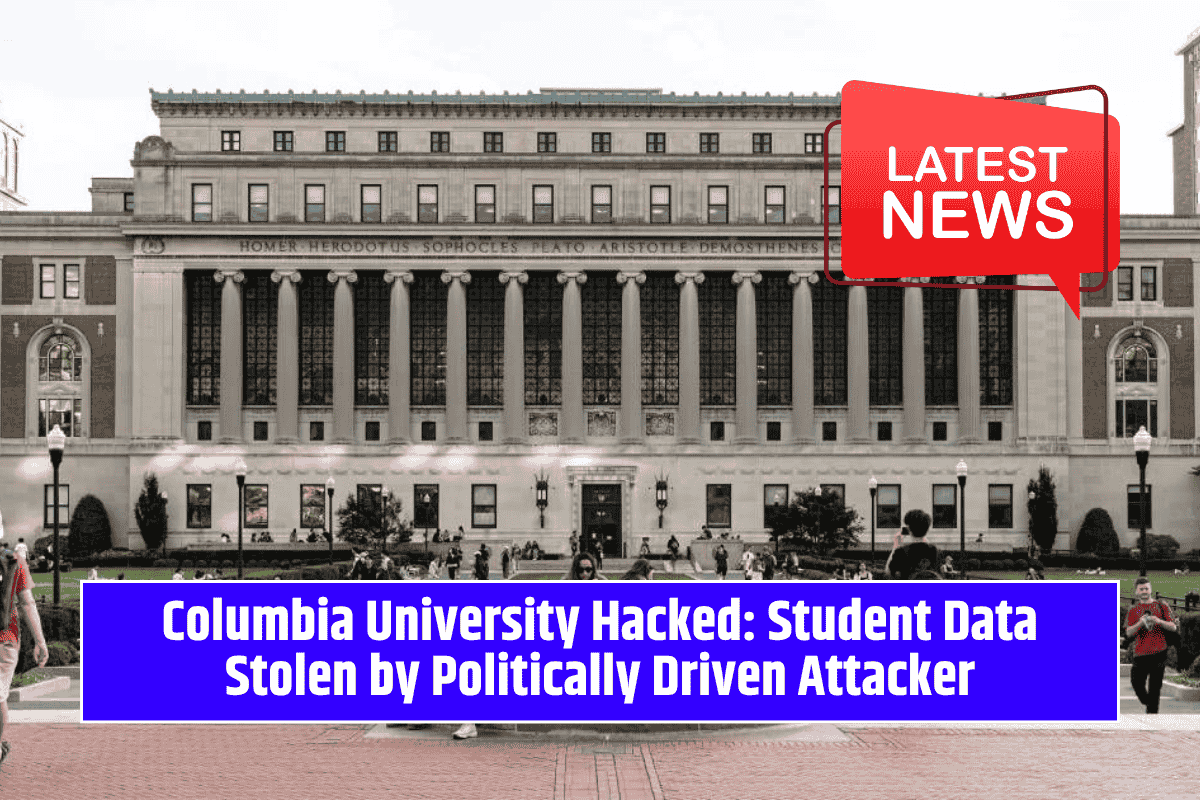In a move that is causing widespread concern among state education agencies, the Trump administration has decided to hold back nearly $6.8 billion in federal funding for K-12 schools that was due to be distributed on July 1.
This decision, announced just a day before the funds were legally required to be released, is creating uncertainty for thousands of school districts and states across the country.
The withheld funds are essential for paying staff, securing educational materials, and supporting key student services, which may now face cuts or delays.
The Impact of the Funding Freeze
The funds affected by this freeze include several key programs that support a wide range of educational services.
These programs include Title I-C for migrant education, Title II-A for professional development, Title III-A for English learner services, Title IV-A for academic enrichment, and Title IV-B for before- and after-school programs.
Without the expected funding, many schools will struggle to maintain essential services for their students.
This funding freeze comes as a result of the administration’s desire to advance its 2026 federal budget priorities before Congress has made any decisions.
The administration has proposed eliminating these programs entirely, and by withholding funds now, it is essentially acting in line with its future budget proposals.
Why These Programs Matter
Each of the programs impacted by this freeze serves a vital role in K-12 education. For instance, Title I-C supports migrant education, helping children from migrant families access quality education.
Title II-A helps teachers with professional development, ensuring they have the skills needed to educate students effectively.
Title III-A assists students learning English, while Title IV-A focuses on academic enrichment, including science and technology programs. Title IV-B funds before- and after-school programs, which provide crucial care for children while their parents are at work.
Many states and districts rely heavily on these funds, and the delay in funding could force them to make difficult decisions, including cutting staff or reducing programs that are legally required.
As Carissa Moffat Miller, CEO of the Council of Chief State School Officers, pointed out, schools need this funding to hire staff and deliver education this summer and in the upcoming school year.
Political and Legal Reactions
This funding freeze has sparked outrage from state leaders, advocacy organizations, and members of Congress. Many argue that the administration is illegally withholding congressionally appropriated funds, a move that could potentially lead to lawsuits.
Federal law prohibits the executive branch from withholding funds unless it gives Congress the chance to approve or reject the action within 45 days.
Some top administration officials, including Russell Vought from the Office of Management and Budget, have suggested they believe these restrictions are unconstitutional.
The political implications are significant. Democrats have strongly criticized the administration’s actions, especially since the funds in question were already allocated by Congress earlier in the year.
These funds are intended to support critical services for low-income students, English learners, and other vulnerable groups.
Legal Consequences and Speculation
In recent weeks, speculation about a possible funding freeze had been mounting. Advocacy groups and state leaders had already noticed that routine dispatches with funding allocations for several programs had not arrived as expected.
This raised concerns that the Trump administration was preparing to hold back funds, a tactic that has been employed in other areas of government funding.
If the freeze continues, lawsuits are likely to follow. Such lawsuits are not uncommon when the administration has withheld funds in the past.
The issue could quickly escalate into a legal battle, especially considering the administration’s belief that it can impound funds without Congress’ approval.
What Happens Next?
If the funding freeze continues, schools and districts across the country may be forced to make difficult decisions. Some will have to find alternative funding sources or make cuts to programs that are essential for student success.
The lack of clarity regarding when, or if, these funds will be released only adds to the anxiety among school administrators and teachers.
It is still unclear whether Congress will take action to release these funds, or if the Trump administration will make the impoundment permanent.
For now, school districts must plan for the worst and hope for the best, as they face uncertainty about their budgets and the services they can provide to students.






